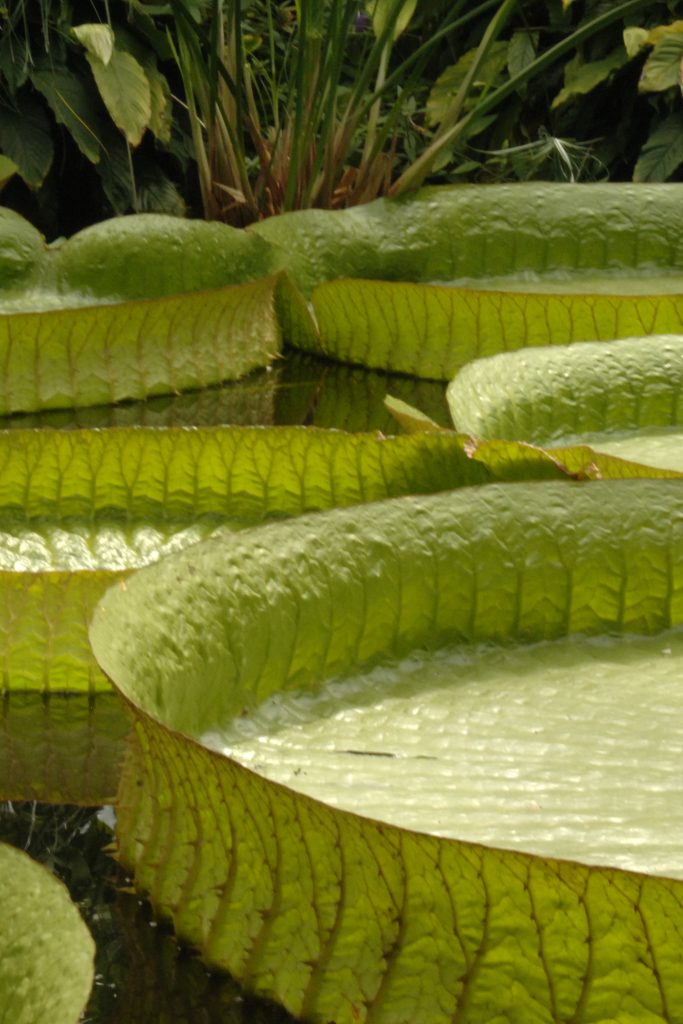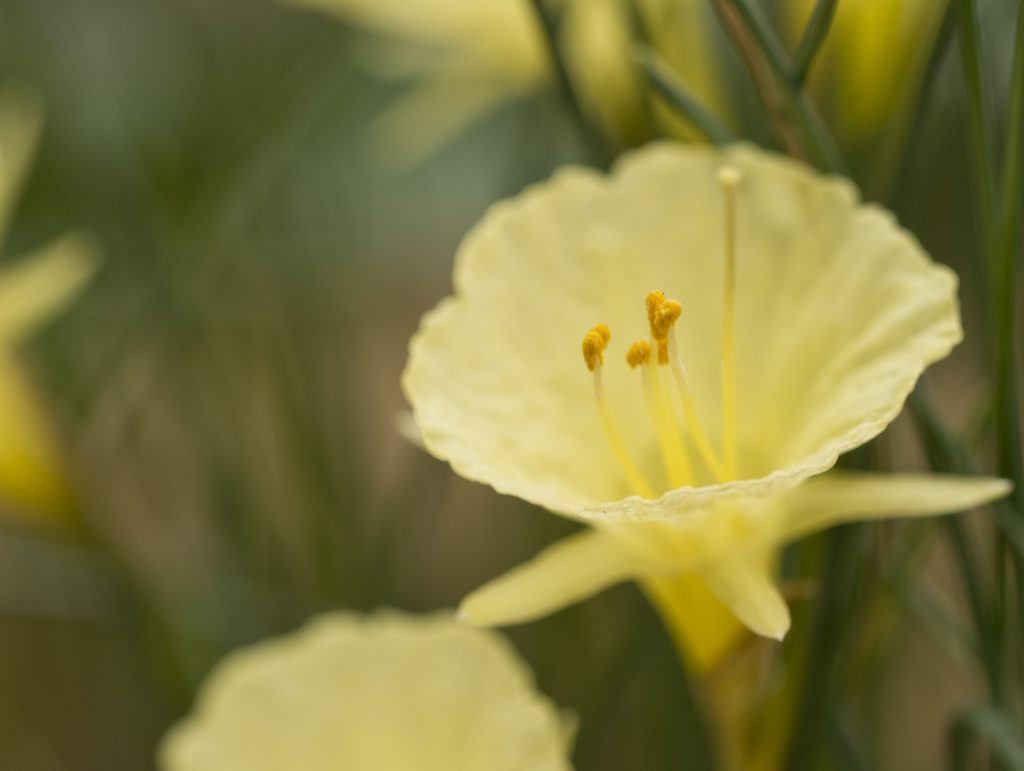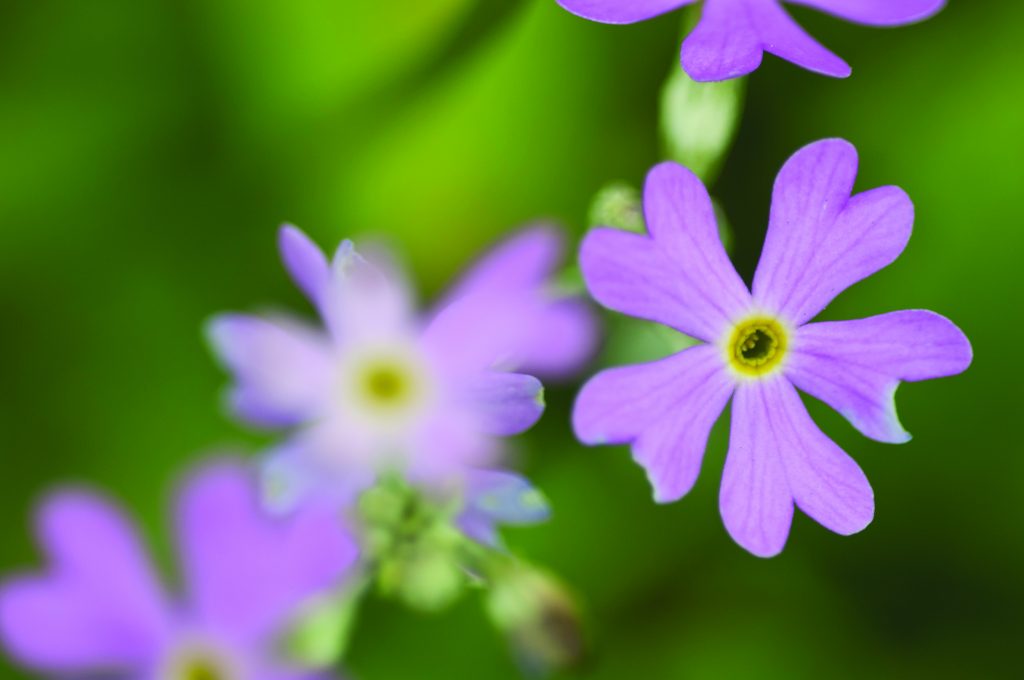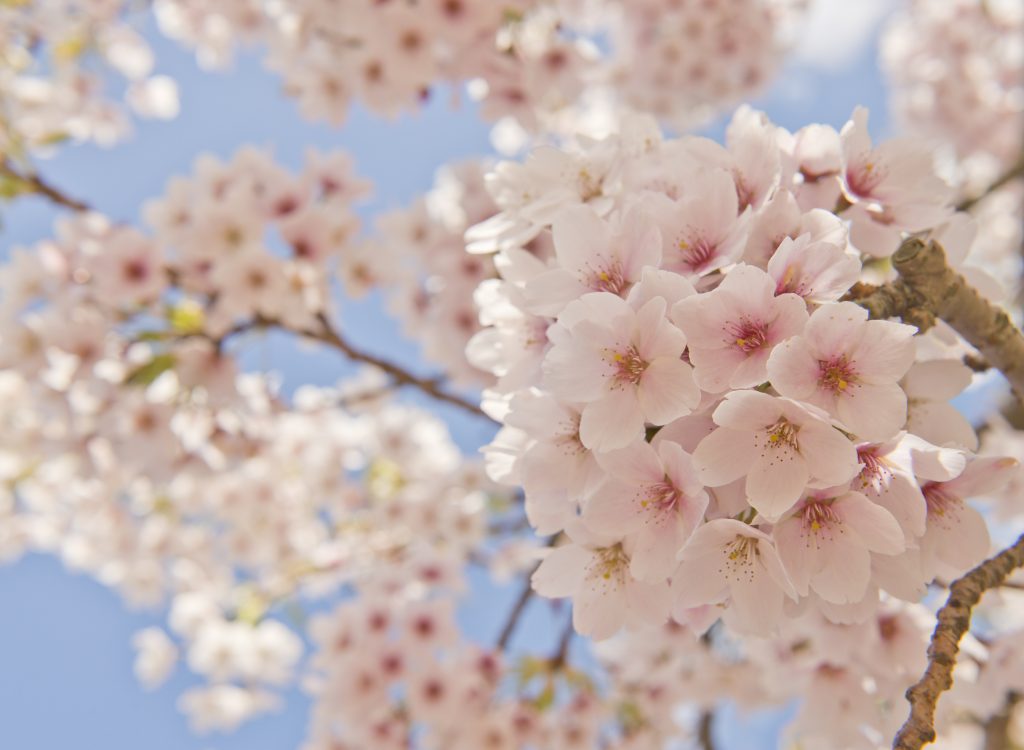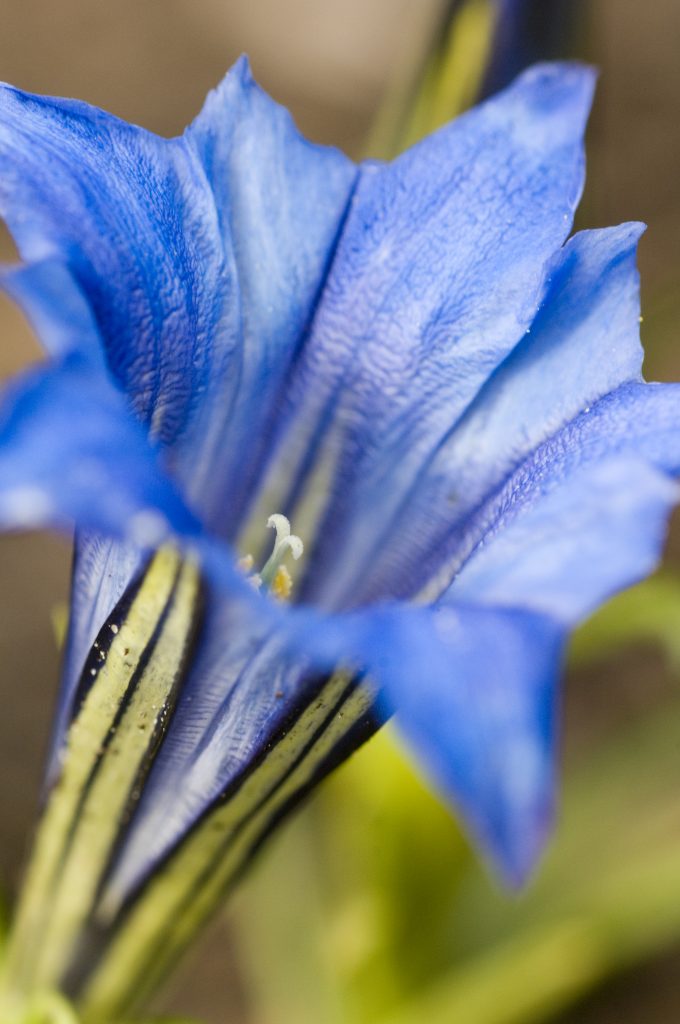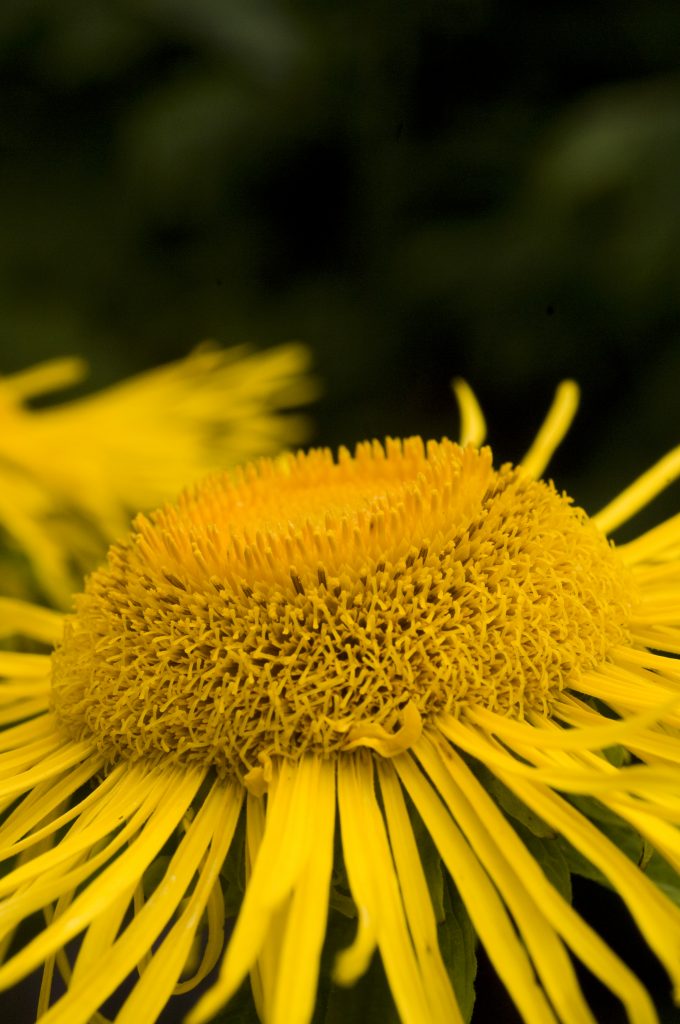The most comprehensive study yet finds a baffling “gap” in the history of plant life on earth.
The angiosperms – or flowering plants – are by far the most numerous plants on earth, with some 300,000-450,000 species, depending on who you ask. Ranging from tiny duckweeds to enormous oaks, they provide the backdrop to terrestrial life, at least in temperate and tropical zones. They feed us, heal us, and provide crucial services such as regulating water cycles, not to mention mopping up carbon from the atmosphere.
Yet their origins are shrouded in what Charles Darwin called an “abominable mystery” and “perplexing phenomenon.” Just when and where did the flowering plants emerge, and how did they get to be so successful?
To answer these questions, scientists first turned to the fossil record. Unambiguous flowering plant fossils – that is, fossils with fruits enclosing their seeds (the word angiosperm literally means “encased seed”) and other characteristics unique to the flowering plant lineage – start to appear towards the end of the Cretaceous Period, around 135 million years ago. From this point, there is an explosion in diversity, with fossils reminiscent of many modern-day genera such as Platanus (planes), Chloranthus, and catkin-bearing plants being unearthed across the world.
However, when DNA data was analysed assuming a “molecular clock” to trace back differences in angiosperm gene sequences, the origin of the angiosperms was estimated to be much earlier, in the Jurassic Period, perhaps 200 or more million years ago. This discrepancy between morphological and molecular dates has long confounded scientists. Where is the evidence of those early angiosperms that existed throughout the Jurassic period? Are the molecular dates wrong? Or did the first flowering plants for some reason leave no fossilised trace?
One problem with many previous molecular studies has been that they contained relatively few angiosperm species, and relatively little DNA data for each species, because DNA sequences are time-consuming and expensive to generate. Thus, results tended to disagree with one another in the precise relationships within the flowering plants, which makes dating difficult and lacking in statistical power. Over the past few years, however, new technologies known collectively as “next generation” sequencing have dramatically improved the speed and cost-effectiveness with which we can generate entire plant (and animal) genomes. Sufficient DNA data has now been generated to determine with reasonable certainty the pattern of relationships amongst the earliest branches of the flowering plant family tree, and a New Caledonian shrub called Amborella turns out to lie at the tip of the very first extant branch of the angiosperms.
This week, in a study led by the Kunming Institute of Botany, scientists from China, Australia, the USA, and UK including RBGE’s own Professor Pete Hollingsworth, published the most comprehensive dated phylogeny (family tree) of the flowering plants1 to date. With plant chloroplast genomes from nearly 3000 species, covering the full diversity of the group from Amborella to Aster, calibrated against 62 different fossils, the study found well-resolved relationships between most groups of angiosperms, in close agreement with other recent studies.
The key finding of the paper, though, is that the origin of the “crown group” of angiosperms (the point from which all modern-day species diverge) dates not to the Cretaceous or even the Jurassic, but right back to the Triassic Period around 209 million years ago! This leaves an enormous period of time, roughly 70 million years and spanning the entirety of the Jurassic Period, during which angiosperms were present but left no trace of their passing. This, the authors have termed the mysterious “Jurassic Gap.”
The scientists believe the gap represents poor rates of fossilisation among early flowering plants, perhaps because they were relatively rare, small, or simply lived in habitats unsuitable for fossilisation. A similar gap in the history of the conifers was recently filled by the discovery of much older fossils than were previously known; the hope is that one day the same may be true for angiosperms and the Jurassic Gap can be filled.
As the University of Memphis’s Jennifer Mandel points out in her commentary2 on the findings, it is intriguing not only that the “Triassic beginning for angiosperms corresponds with the timing of the origin of some insect groups,” but that many modern pollinator groups, including beetles, moths and butterflies, “had their origins in the Cretaceous, which coincides with the rise of flowering plants to ecological dominance and the major diversifications of extant angiosperm diversity.” The emergence of the angiosperms represents a major biotic transition in the Earth’s history, which did not occur in isolation but in tandem with the evolution of other important facets of life on Earth.
For now, the Jurassic Gap remains unfilled. But this landmark study provides an important framework for scientists at RBGE and elsewhere to investigate further the fascinating evolutionary history of the flowering plants.
- Li, H.-T, et al. 2019. Origin of angiosperms and the puzzle of the Jurassic gap. Nature Plants. https://doi.org/10.1038/s41477-019-0421-0
- Mandel, J.R. 2019. A Jurassic leap for flowering plants. Nature Plants. https://doi.org/10.1038/s41477-019-0423-y

